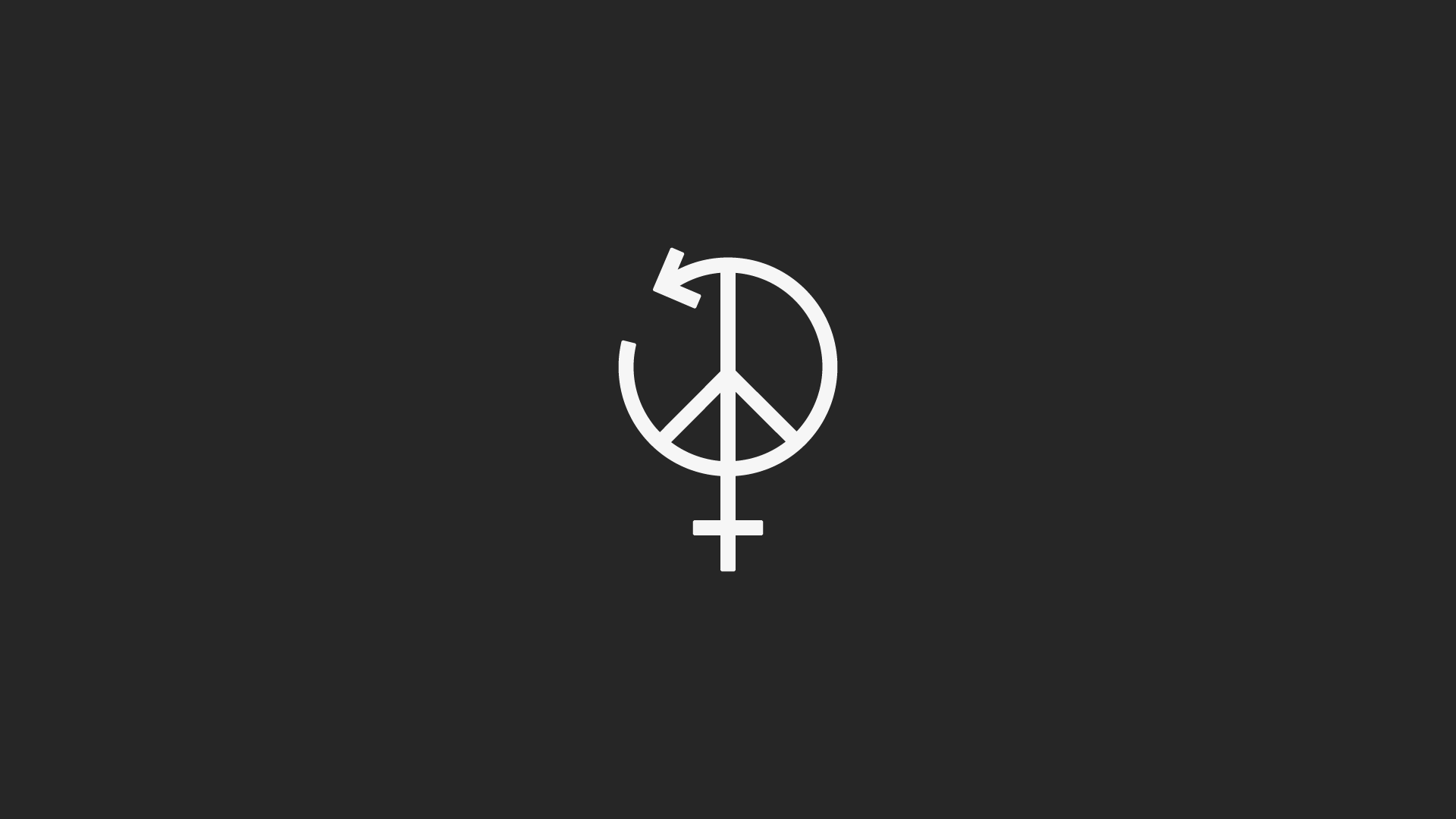The power of symbols

Dr Alex Gordon, founder and CEO of cultural insight agency Sign Salad, argued in a masterclass at the Museum of Brands last week that the method’s ability help to marketers navigate subjectivity is a bloody useful tool in branding. Here’s why.
We are all semioticians
Decoding and interpreting signs is something we all do instinctively, whether or not it’s intended. If you see someone smile, you’re likely to assume they’re not a threat. If you spot balloons on a door, there’s a good chance a party is going on inside. Semiotics is a technique for understanding how meaning is created and communicated. Knowing the cultural codes and narratives familiar to your audiences allows you to develop appropriate visual and linguistic cues, and ultimately build more resonant brands.
Relevance is relative
Brand purpose tends to ladder up to the highest benefit, identifying and attempting to satisfy fundamental human needs like freedom, belonging, pleasure or happiness. But happiness looks very different to the parents of a young family in the UK than it does to a university student in India. The challenge lies in context. Culture is shared subjectivity. It acts as invisible and unconscious filter, and can lead to multiple interpretations of the same stimulus. While there’s no guarantee misinterpretation won’t happen, semiotics can minimise the risk.
Meaning is in the details
Semiotics can help brands borrow cues from one category to transfer meaning to another. Speed Stick antiperspirant adopted the visual cues for ‘speed’ seen in the media and sports that appealed to its target demographic: 18 to 35-year-old men. Doing so transformed the brand from an unemotional, detergent-like product to a powerful aid to masculine dynamism. The consideration of small things – the use of a specific colour, a particular turn of phrase – might not seem fundamental, but it’s essential to get them right.
Brands are cultural objects
Like all artefacts, brands have cultural currency. They are invested with meaning that goes beyond logos or packaging, telling stories about consumers and society as a whole. Semiotics tracks the way cultural expectations change over time, identifying symbols that reflect evolving social conditions. Take dairy. Prized for its high calcium content, it dominated the milk category, capitalising on codes such as wholesomeness and nostalgia. But as definitions of ‘healthy’ changed over time, new entrants such as soy and nut milks captured market share and introduced emergent, more rebellious cultural codes to the sector. Semiotics can help you maintain competitiveness, providing a platform to review your brand strategy and identity as shifts happen.
Authenticity is key
The strongest brands often create competitive advantage by introducing new myths that contradict current category and cultural perceptions. But to succeed, they need to feel authentic. In response to shifting perceptions about sugary drinks, Coca-Cola launched ‘Coke Life’. The green labelled cola used natural sweeteners and was marketed around healthy lifestyles, a claim the brand had difficulty owning. The product saw dismal sales and was discontinued in the UK in 2017. Coca-Cola has begun adopting more subtle ‘natural’ cues with the introduction of fruit flavoured cola and woodprint-like graphics. Its success has yet to be proven, but the move feels truer to the brand.
Semiotics gives marketers insight into audience expectations so they can develop signs and symbols accordingly. It helps brands fulfil their roles as social objects, increasing relevance with consumers and competitive advantage against competitors. Rather than a weakness, subjectivity is a great opportunity. Semiotics can help us navigate cultural codes and develop more meaningful brands, something that just isn’t possible from data alone.